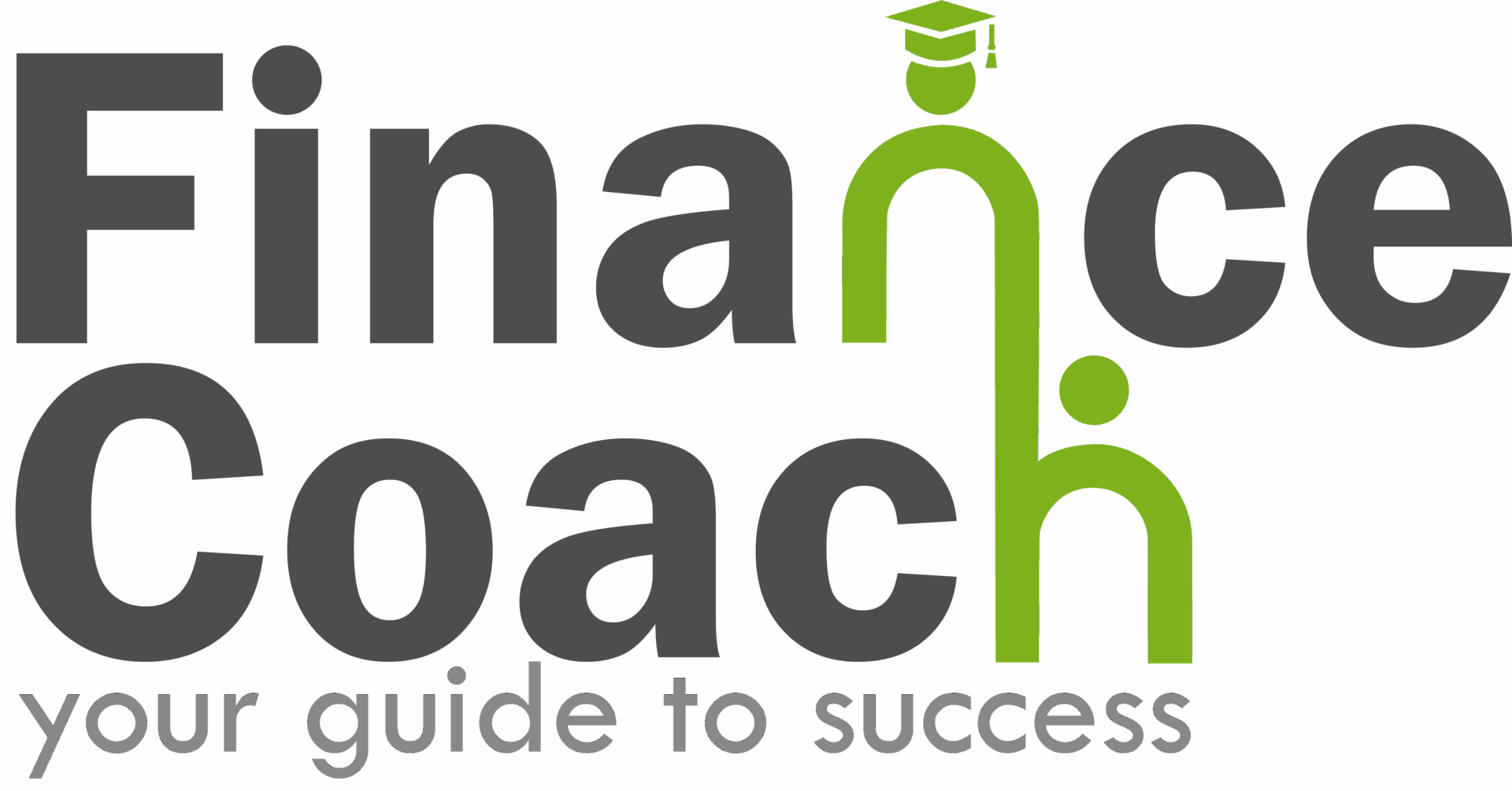0 of 50 Questions completed
Questions:
You have already completed the quiz before. Hence you can not start it again.
You must sign in or sign up to start the quiz.
You must first complete the following:
Quiz complete. Results are being recorded.
0 of 50 Questions answered correctly
Your time:
Time has elapsed
You have reached 0 of 0 point(s), (0)
Earned Point(s): 0 of 0, (0)
0 Essay(s) Pending (Possible Point(s): 0)
Congratulations! You passed the quiz!
Your achievement deserves to be celebrated—why not share your success with your network?
Post your results on LinkedIn, Facebook, or X and inspire others on their learning journey! 🎉💡
-
-
-
-
-
-
-
-
-
-
-
-
-
-
-
-
-
-
-
-
-
-
-
-
-
-
-
-
-
-
-
-
-
-
-
-
-
-
-
-
-
-
-
-
-
-
-
-
-
-
-
Review / Skip
-
Answered
-
Correct
-
Incorrect
Question 1 of 50
Question 2 of 50
Question 3 of 50
Question 4 of 50
Question 5 of 50
Question 6 of 50
Question 7 of 50
Question 8 of 50
Question 9 of 50
Question 10 of 50
Question 11 of 50
Question 12 of 50
Question 13 of 50
Question 14 of 50
Question 15 of 50
Question 16 of 50
Question 17 of 50
Question 18 of 50
Question 19 of 50
Question 20 of 50
Question 21 of 50
Question 22 of 50
Question 23 of 50
Question 24 of 50
Question 25 of 50
Question 26 of 50
Question 27 of 50
Question 28 of 50
Question 29 of 50
Question 30 of 50
Question 31 of 50
Question 32 of 50
Question 33 of 50
Question 34 of 50
Question 35 of 50
Question 36 of 50
Question 37 of 50
Question 38 of 50
Question 39 of 50
Question 40 of 50
Question 41 of 50
Question 42 of 50
Question 43 of 50
Question 44 of 50
Question 45 of 50
Question 46 of 50
Question 47 of 50
Question 48 of 50
Question 49 of 50
Question 50 of 50


